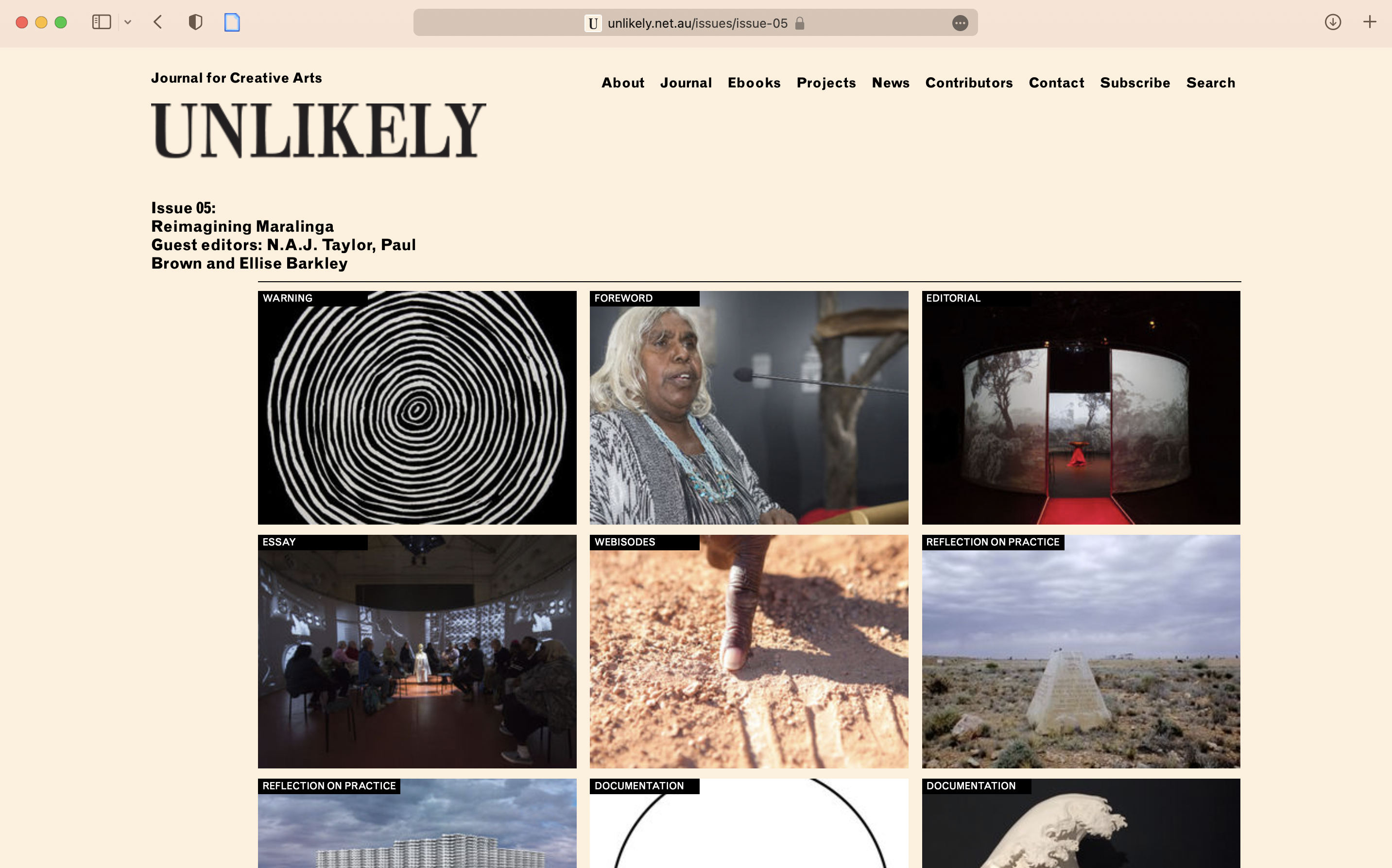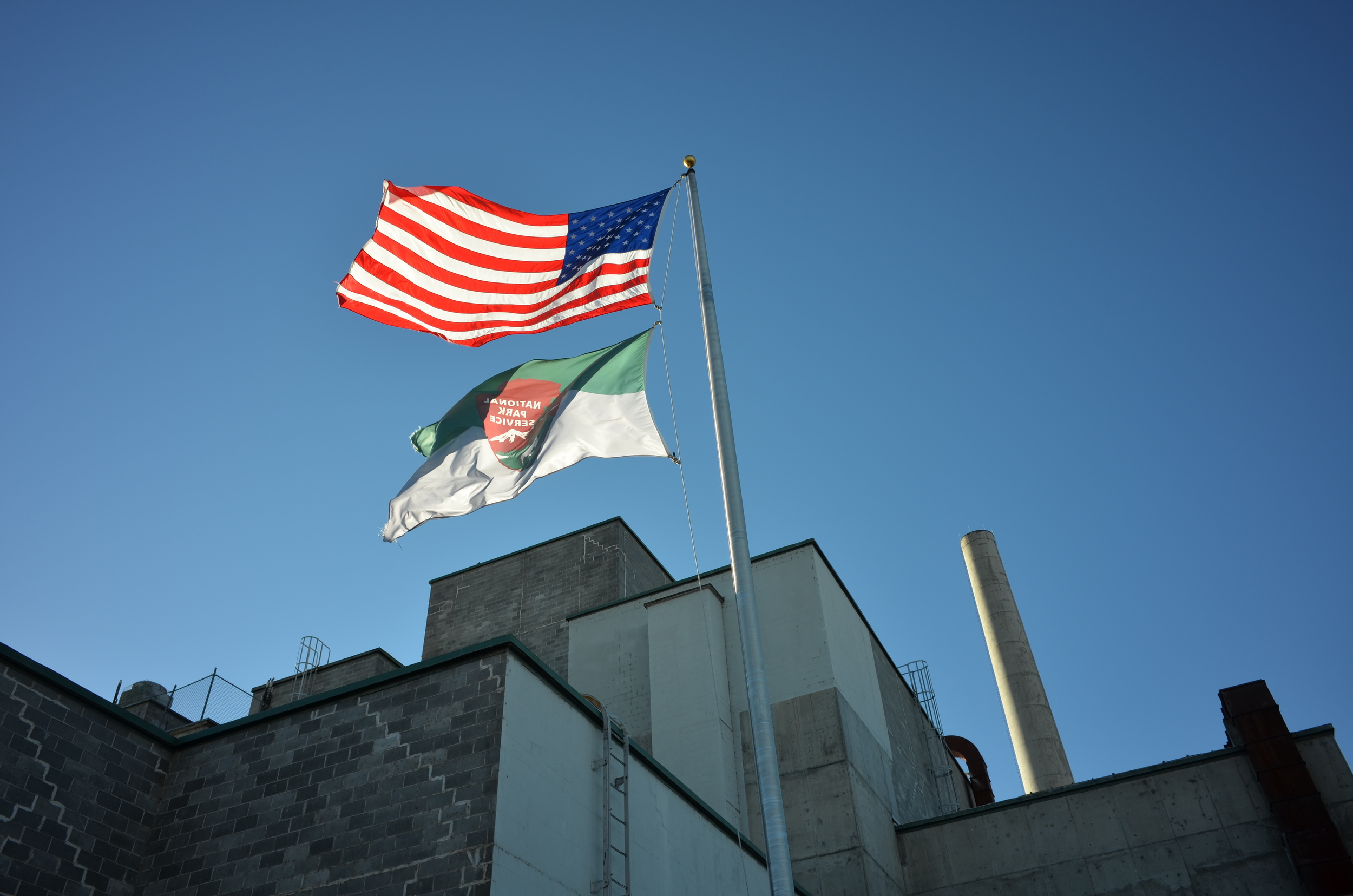
People tend to think of "harm" as limited to the individual human body or psyche. However, nuclear harms violate not only the human body, but also the biosphere on which all life depends. Despite this, ethical thinking on the nuclear age remains human-centred. To render these human-biosphere connections visible in nuclear discourse, this project problematizes Andrew Linklater's efforts to globalise the liberal harm principle by (re)constructing the Antipodean nuclear philosophy of the late environmental philosopher, Richard Routley/Sylvan, through archival research.︎
Principal investigator: N.A.J. Taylor︎
Institutional partner: John Denis Fryer Memorial Library of Australian Literature︎
Sponsors: Australian Federal Government and The University of Queensland
Funding: $110,000 (external)
Key output: an award-winning doctoral thesis︎

The Archive of Nuclear Harm collected and displayed materials on life and death in the nuclear age. We also designed and delivered educational programs. Items of interest included artworks and other cultural artefacts that explore the full range of harms—to bodies and the biosphere—that are inflicted by both the civilian and military applications of nuclear technology, as well as the universal problems of nuclear contamination and waste. Since the legacy of the nuclear age must be conceived on timescales of up to one million years and threaten the continued safe operating conditions of Earth’s biosphere, this will be a memory institution like no other.︎
Principal investigator: N.A.J. Taylor︎ Sponsors: Alphaville Theatre Company / Australia Council for the Arts; Ghost Foundation; Nuclear Futures Partnership Initiative / The University of New South Wales; The Seed Box: A MISTRAS-FORMAS Environmental Humanities Collaboratory / Linköping University; The University of Alabama; The University of Montreal; The University of Queensland; Whitman College
Funding: $20,000 (external)
Key output: a manifesto︎
Principal investigator: N.A.J. Taylor︎ Sponsors: Alphaville Theatre Company / Australia Council for the Arts; Ghost Foundation; Nuclear Futures Partnership Initiative / The University of New South Wales; The Seed Box: A MISTRAS-FORMAS Environmental Humanities Collaboratory / Linköping University; The University of Alabama; The University of Montreal; The University of Queensland; Whitman College
Funding: $20,000 (external)
Key output: a manifesto︎

We attempt to write—using words and images—the personal narrative of a man who served as a “liquidator”, or conscripted cleaner, in the aftermath of the Chernobyl nuclear disaster in 1986. By focusing exclusively on one man’s experience and legacy of Chernobyl, we take a highly contextual approach, whose archive is not the secondary literature, but family history and vernacular photography. Decontextualised studies of nuclear events often deem their very subject of study “unthinkable”, yet by giving voice to a victim of Chernobyl through familial connection, we situate Soviet nuclear colonialism as future cultural heritage. Reimagining Chernobyl therefore performs a narrative nuclear history that connects a familial past with a universal future.
Principal investigators: Anonymous and N.A.J. Taylor︎
Principal investigators: Anonymous and N.A.J. Taylor︎

This special issue both documents the Nuclear Futures Partnership Initiative, a five-year community arts project that seeded a nationally significant suite of Australian atomic artwork, as well as makes known several new insights and understandings about Australia's experience of the nuclear age that resulted from it. Across twenty-two projects, participants explored how multiple, dynamic and diverse arts practices drive creative reflection on the atomic age and its consequences for the deep future. Underpinning the work is a range of community arts and cultural development approaches, involving collaborations between communities, their artists, and visiting arts workers particularly within remote—and predominately Aboriginal—communities that experienced British nuclear tests at Maralinga, and with nuclear veterans in Australia and Britain, in collaboration with Japanese Hibakusha.︎
Co-editors: N.A.J. Taylor︎, Paul Brown (The University of New South Wales)︎ and Ellise Barkley (Queensland University of Technology)︎
Institutional partners: Alphaville︎ and Yalata Anangu Aboriginal Corporation︎
Sponsors: Australia Council for the Arts (for the underlying project led by Paul Brown)
Key output: a multimedia special issue︎
Co-editors: N.A.J. Taylor︎, Paul Brown (The University of New South Wales)︎ and Ellise Barkley (Queensland University of Technology)︎
Institutional partners: Alphaville︎ and Yalata Anangu Aboriginal Corporation︎
Sponsors: Australia Council for the Arts (for the underlying project led by Paul Brown)
Key output: a multimedia special issue︎

The new scholarship of Nuclear Humanities approaches nuclear history and its fallout with both more nuanced and integrative inquiries, paving the way towards a deeper integration of these seminal events beyond issues of policy and ethics. The chapters collected here address the memorialization and commemoration of Hiroshima and Nagasaki by officials and states, but also ordinary people’s resentment, suffering, or forgiveness.︎
Co-editors: N.A.J. Taylor︎ and Robert Jacobs (Hiroshima City University)︎
Key output: an edited book︎
Co-editors: N.A.J. Taylor︎ and Robert Jacobs (Hiroshima City University)︎
Key output: an edited book︎